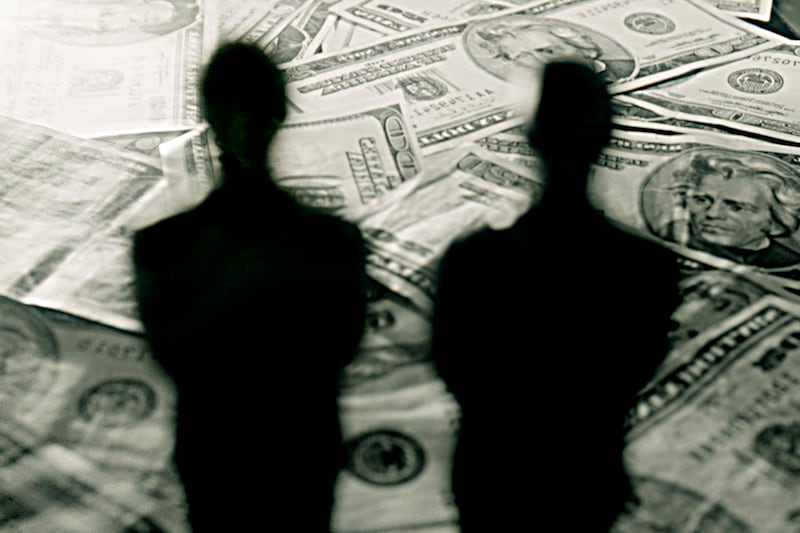The New York Times published an opinion piece on May 12, 2012, concerning the question of whether the rich, from a moral standpoint, are good or bad. The story reported, “A recent study found that 10 percent of people who work on Wall Street are ‘clinical psychopaths’ and that they exhibit an ‘unparalleled capacity for lying, fabrication, and manipulation.’ ” The vivid term “clinical psychopath” brings to mind the berserk buzz-saw-wielding investment banker played by Christian Bale in the film American Psycho. Since some 3.9 million people work in the financial-services industry, a clinically diagnosed horde of lunatics numbering almost 400,000 people would certainly be a matter of public concern, though it might only confirm some journalists’ view of American capitalism.
It is fair to ask the provenance of this incredible “study.” The New York Times cited its source as a March 12, 2011, story in The Week, which attributes the psychopath data to an estimate made by Sherree DeCovny in CFA Magazine, in an article entitled “The Financial Psychopath Next Door.” She wrote that “studies conducted by Canadian forensic psychologist Robert Hare indicate that about 1 percent of the general population can be categorized as psychopathic, but the prevalence rate in the financial services industry is 10 percent.”
The problem here is that Hare never conducted a clinical study of the financial-service industry, and never presented evidence that 10 percent of its members were psychopaths. John Grohol, the editor of World of Psychology, after the publication of DeCovny’s article, asked Hare about the putative study. Hare told him, “I don’t know who threw out the 10 percent, but it certainly did not come from me or my colleagues.” The closest he came to such a claim was in a research paper he coauthored that analyzed the responses submitted by 203 corporate professionals from seven companies, none of which were on Wall Street. Nor were these 203 people randomly selected. He found that the answers of only eight people—approximately 4 percent of the sample—indicated psychopathic tendencies on a scale he had devised. Even though this was not a clinical study, the responses of these eight people, who might have not even worked in financial services, were transformed via the blogosphere into a supposedly scientific finding noted in one of our most respected newspapers that one tenth of those working on Wall Street are clinical psychopaths.

The Times posted a correction to the online version of its story on May 16, noting that “an earlier version of this article misstated the findings of a 2010 study.” As Ryan Holiday, author of Trust Me, I'm Lying: Confessions of a Media Manipulator, explained to me, "Headline-grabbing trend manufacturing such as this now dominates the pseudo-news cycle on the Web." Welcome to the Internet, which is not known for its source-checking.
Unfortunately, it is then only a short leap to the so-called newspaper of record, which was happy to serve up to the public this non-existing study, which like much else demonizes financiers, as a scientific finding. As a result, we now have mad men of Wall Street running amok in the public imagination.






